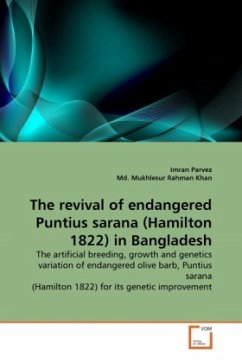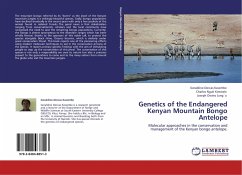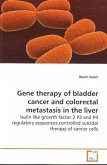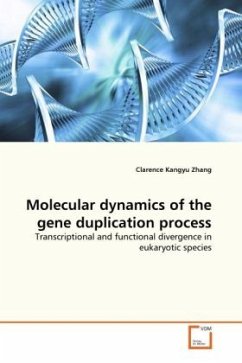To revive the endangered olive barb, artificial breeding within and between two different stocks were conducted. Three breeding lines having 3 replication of each were performed with pituitary gland extract at the doses of 6.5mg/kgbdwt.The ovulation, fertilization and hatching rate were studied. The growth performances and survival rate of the larvae of three lines were also studied for 35 days. The best offspring were analyzed with ten allozyme enzymes in two buffer systems. The broods of Sukhair haor showed the highest ovulation (83.75%), fertilization (74.25%)and hatching rate (51.18%).Higher growth and survival rate were showed by the cross breed larvae. In genetic study 15 presumptive gene loci were observed in which the mean proportion of polymorphic loci were 26.67%, 26.67% and 13.33% for Sukhair and cross breed and Kangsha population respectively. The highest mean number of allele per locus and mean proportion of heterozygous loci were observed in the cross breed. The higher growth, survival and genetic variations in cross breed line may be due to the exchage of genetic materials in between Sukhair and Kangsha populations.








